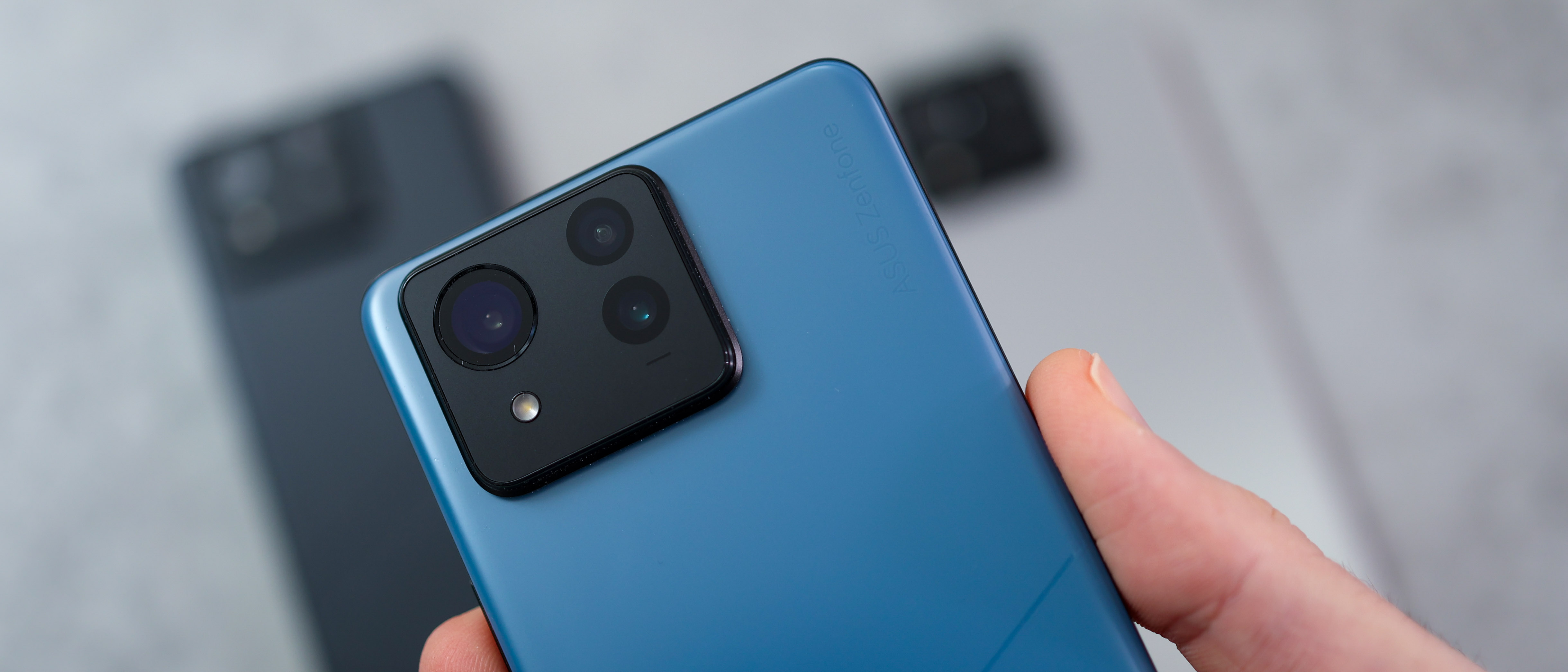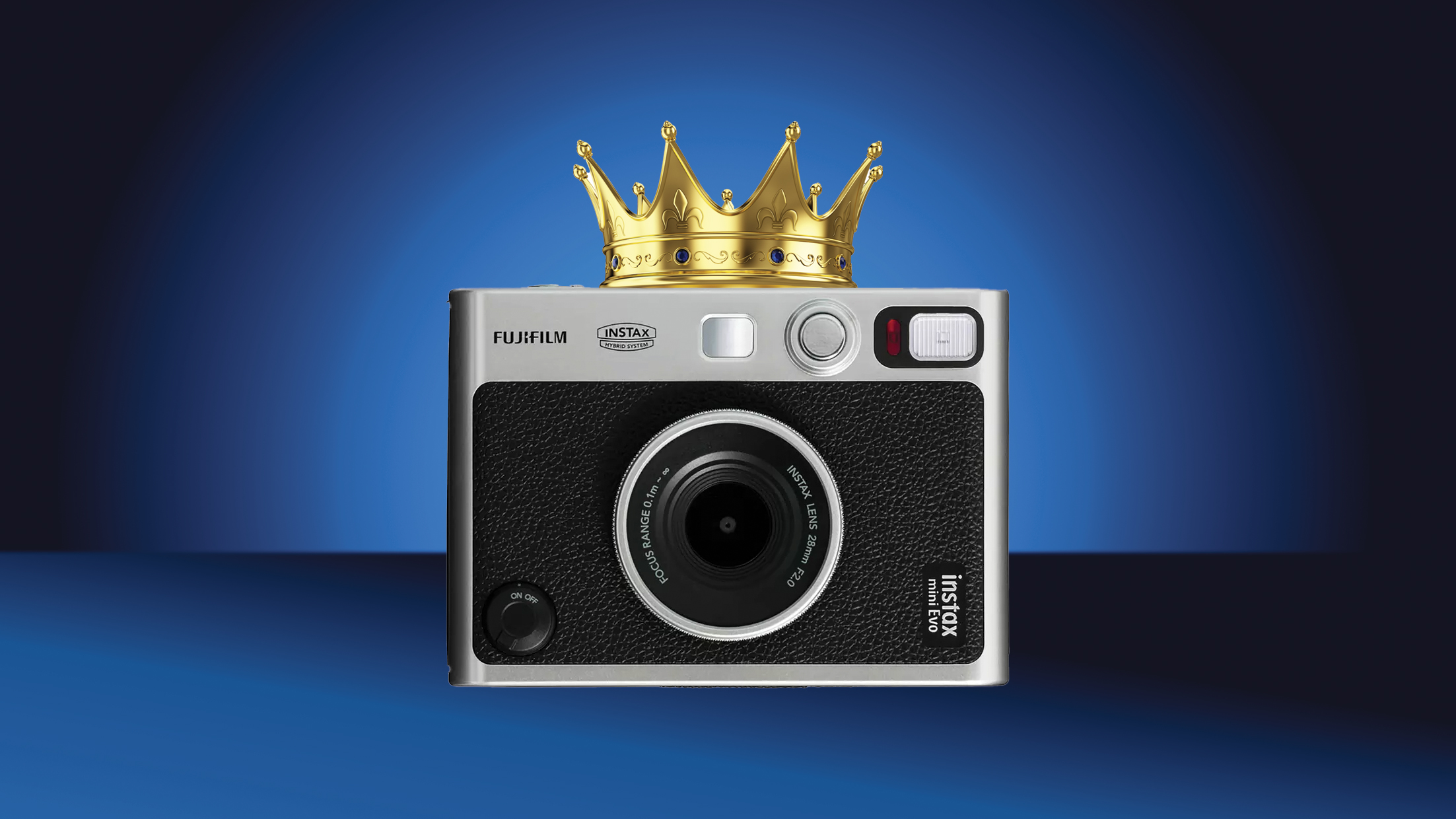Digital Camera World Verdict
Asus has made a rod for its own back by going Ultra, pitting itself against giants like the S24 Ultra and Xiaomi 14 Ultra without having a key point of differentiation. So while the Zenfone 11 Ultra has many highlights – loads of storage, a great screen, near-gaming-phone power and a relatively clean interface – its punchy price and mediocre camera make it a tough sell in a world with the OnePlus 12. When the price drops, it'll be a great gaming or streaming option, but at its RRP, unless you need a big flat screen and a 3.5mm jack, it misses the mark.
Pros
- +
Good-looking screen
- +
Great gaming performance
- +
IP68 water resistance
- +
3.5mm headphone jack
Cons
- -
Sub-par camera hardware
- -
Clumsy photo processing
- -
Awkward wireless charging point
- -
Gimmicky AI elements
Why you can trust Digital Camera World
If there’s one word that’s almost as overused as AI when it comes to phones, it’s Ultra, and the latest in a long line of Ultra phones comes from Asus, with its tradition-breaking Zenfone 11 Ultra.
Why is the Zenfone 11 Ultra a break from tradition? While the Zenfone 9 and Zenfone 10 were compact powerhouses, the Zenfone 11’s size is much more Ultra. On top of being much, much bigger, it also has Ultra features like wireless charging, a telephoto camera, and a big, very good-looking screen.
In true Asus style, the phone goes a little further, adding a unicorn port by today’s standards – a headphone jack – and Asus’s UI has been souped up with a healthy dose of AI features. It also brings back the gimbal stabilization system for the main camera which was an awesome point of differentiation when introduced on the Zenfone 9 in 2022.
But before we give the Zenfone 11 Ultra a glowing review, it’s worth talking about some of the other Ultra phones on the scene. There’s the Samsung Galaxy S24 Ultra with its quad-camera setup and pop-out S Pen, the new Xiaomi 14 Ultra with a variable aperture from f/1.4-4.0 and a 1-inch sensor, and the OPPO Find X7 Ultra, also sporting that 1-inch sensor, featuring a record-breaking two periscope cameras, and it’s just placed number one on DXOMARK to boot.
So in that world of Ultras, does the Zenfone 11 Ultra have what it takes to stand tall amongst such camera phone giants?
Asus Zenfone 11 Ultra Design and Screen
As far as the design goes, if you’ve used a ROG Phone 8, you’ve used a Zenfone 11 Ultra – the bodies are almost identical – and that’s no bad thing. After all, the ROG Phone 8 saw a departure from the in-your-face gamer style of old, so both it and the 11 Ultra are accessible, with flat glass backs that curve into a metal frame, topped off with a flat screen.
Unlike the light-up ROG Phone, the Zenfone 11 Ultra’s back is decorated with lines to give it a more minimalist vibe, and it’s available in four matte colors: Desert Sand, Eternal Black, Misty Grey, and Skyline Blue.
The best camera deals, reviews, product advice, and unmissable photography news, direct to your inbox!
Around the back of the 11 Ultra is a promising camera bump – big bumps often mean big camera sensors after all – and the phone is big in general, likely in part down to its large battery. With stereo speakers and a headphone jack, it could be a solid option for audiophiles, and there’s also a dual-SIM slot, though no eSIM support.

Well protected, the Zenfone 11 Ultra is IP68 dust and water-resistant and ships with a bumper case in the box, and the front is Gorilla Glass Victus 2. Fans of big phones with flat screens should get on with this design.
While the Zenfone 11 Ultra’s 6.78-inch AMOLED screen isn’t the sharpest around with a 2400 x 1080 resolution, it looks great, and you won't spot any pixels. Smooth at up to 144Hz (when playing the handful of games that support that refresh rate), it also shines at up to 2,500 nits when playing back HDR content and 1,600 nits in high brightness mode.
Excellent viewing angles, a punchy picture, and deep blacks all create an impressive screen for watching and gaming on, and it’s responsive, too. The phone also sounds great, so even if you don’t take advantage of the headphone jack or lossless audio codecs, its stereo speakers manage decent sound separation for a smartphone, though it’s game over for sound quality if your palm covers up the bottom-firing, more powerful speaker.
Asus Zenfone 11 Ultra Camera Specs
While we were hoping for an ultra-camera from the latest Zenfone, Asus has given us an identical camera system to the ROG Phone 8. This was good for a gaming phone but far behind what Honor, Huawei, OPPO, OnePlus, Samsung, and Xiaomi are doing. When set against the competition, therefore, the Zenfone 11 Ultra’s camera spec more closely matches a midrange phone like the Xiaomi 13T, which costs around half the price.
Onto the actual hardware, the main camera has a 50MP resolution with a 1/1.56” sensor. It’s a Sony IMX890, which we’ve seen on the Nothing Phone (2), and the OPPO Reno10 Pro – two great midrange phones – so the Zenfone’s gimbal OIS system adds a needed point of differentiation for the pricier Zenfone 11 Ultra.
The telephoto camera is a 32MP 3x zoom with OIS mix. This isn’t a periscope camera and captures relatively low-resolution 8MP photos by default. Finally, the ultra-wide camera is a 13MP sensor with a 120º field of view lens – 12.7mm equivalent – and it lacks autofocus.
Asus Zenfone 11 Ultra Camera Review
The Zenfone’s camera specs aren’t best-in-class; however, processing can make the world of difference, as Google has demonstrated in its excellent Pixel 7a. Unfortunately, though, Asus struggles to get the best from its sensors.
Our main issue with the Zenfone 11 Ultra’s processing is that it’s more midrange than a flagship, crisping up edges and dialling up contrast too much. Its shots look processed. While some (slightly) cheaper camera phones like the OnePlus 12 produce photos that look more like they were taken on a camera than a phone on occasion, the Zenfone 11 Ultra takes distinctly smartphone-grade photos.



The experience across cameras is also relatively disparate – each camera has its own quality – and the zoom camera actually feels like two cameras. When you punch in beyond 10x, AI zoom kicks in, smoothing out lines and eradicating noise, but it also makes the shots that feature it look like they were taken on a different phone to the shots taken at 9.5x. As you can see below, the difference is stark:


We applaud Asus for trying to deliver AI smarts with its zoom camera, but it comes at the cost of a consistent user experience and a predictable camera for photographers.
As for the ultra-wide camera, with no autofocus and mediocre photo quality in all but the best light, even Asus’s auto night mode, which is a big help for static subjects, can’t eke enough out to make it competitive.
For anyone willing to tinker, shooting in Pro mode bypasses the crispification of detail and creates a less overly processed look – handy in great lighting – but it means you miss out on the HDR benefits.
The phone takes 100MB+ RAW files, which gives you a huge amount of information to tinker with – particularly helpful when shooting in manual with a tripod or the phone steadied – but the modest sensor can only do so much without computational photography. On the plus, the main camera’s able to get a shallow depth of field for a pleasingly soft-focus background when capturing subjects closer than a meter away.









Footage shot on the Zenfone 11 Ultra is held together well, and the new HyperSteady mode that caps out at 1080p does indeed make everything very still. The phone doesn't cope with pans as well as some competition, so its forte really is static handheld video, and there's no LOG style, natural looking capture, meaning videos, like photos, are limited in quality by their processing.
Asus Zenfone 11 Ultra Additional Features
One of the key talking points when Asus briefed us on the Zenfone 11 Ultra was AI, and credit to Asus, the firm has done more to meaningfully integrate AI into the Zenfone experience than other phone makers launching AI flagships. Unlike Samsung's AI, though, much of what Asus does isn't seamless and doesn't even feel useful.
Take the AI wallpaper function. After a 3GB download, it was able to create mix-and-match AI-generated wallpapers based on set parameters like Abstract, Textures, Cityscape, Nature, etc., run against background, tone, and inspiration selection. If you're scratching your head, you aren't the only one.
The AI Transcription feature was the most useful of the bunch, able to relatively accurately transcribe multiple speakers (in multiple languages), and distil the information into meeting notes. This isn't anything we haven't seen before from Samsung, but it's still impressive outside the Pixel and Galaxy camps.
There's also a call translator feature which we found to be clunkier than Samsung's alternative, which can be had on the cheaper Galaxy S24, so Asus hasn't even got value on its side.
What Asus does have, however, is raw power, and with the Snapdragon 8 Gen 3 inside plus up to 16GB RAM and 512GB storage, this phone performs like a champion. Unlike skinnier phones, it isn't throttled too early, so you'll experience some heat, but gaming performance is exceptional.
Thanks to a large 5,500mAh battery, the Zenfone 11 Ultra comfortably lasts a full day of heavy use and two days of light use. The wireless charging is a bit fiddly; because the Qi point is a bit higher than most phones, it worked on our horizontal charging pad but not our charging stand, until we tipped the phone sideways.
While the Asus Zenfone 11 Ultra doesn't ship with a charger in the box, it does charge using the PD 3.0 standard at up to 65W for a full charge in around an hour. This is great to see, eliminating the need for proprietary chargers to hit max speeds.
It's also worth noting that the Zenfone 11 Ultra runs a clean, customizable version of Android 14 with a promise of two software updates (through to Android 16) and four years of security updates, so future-proofing is relatively weak.
Asus Zenfone 11 Ultra Verdict
The Asus Zenfone 11 Ultra is a lot of fun to use. It's a gaming, streaming, listening dream, and with up to 512GB storage and some handy AI features, it's easy to lose yourself in all the good things this phone does.
Fire up the camera, though, scratch the surface of the AI tools, and look at what else is available for the price, and it fast becomes clear that on launch at its recommended price, this phone is a swing and a miss.
So while it was never going to be the best camera phone of 2024, what holds the Zenfone 11 Ultra back is much more than mediocre photos, it suffers from a complete lack of identity.
If you want better snaps, go with a OnePlus 12. If you're after 512GB of fast storage in a low-cost package, the Poco X6 Pro delivers. For AI features, the Galaxy S24 outperforms the Zenfone 11 Ultra hands-down, and if you want a headphone jack, Sony pairs one with a superior camera system.
We commend Asus for going toe-to-toe with the Goliaths of the smartphone world without a niche like gaming or a compact size, but the Zenfone 11 doesn't quite do enough to compete, and unlikely will until its price drops.
Basil Kronfli is a freelance technology journalist, consultant, and content creator. He trained in graphic design and started his career at Canon Europe before moving into journalism. Basil is also experienced in video production, independently running the YouTube channel TechEdit, and during his time at Future, he worked alongside the Digital Camera World team as a senior video producer.








